
Filter News
Area of Research
- (-) Clean Energy (168)
- (-) Materials for Computing (13)
- (-) Neutron Science (72)
- Advanced Manufacturing (5)
- Biological Systems (1)
- Biology and Environment (102)
- Biology and Soft Matter (4)
- Building Technologies (2)
- Chemical and Engineering Materials (3)
- Chemistry and Physics at Interfaces (7)
- Climate and Environmental Systems (7)
- Computational Biology (1)
- Computational Chemistry (5)
- Computational Engineering (1)
- Computer Science (3)
- Data (1)
- Earth Sciences (1)
- Electricity and Smart Grid (1)
- Energy Frontier Research Centers (7)
- Fuel Cycle Science and Technology (2)
- Functional Materials for Energy (8)
- Fusion and Fission (32)
- Fusion Energy (7)
- Geographic Information Science and Technology (1)
- Isotopes (21)
- Materials (122)
- Materials Synthesis from Atoms to Systems (8)
- Materials Under Extremes (7)
- National Security (45)
- Neutron Data Analysis and Visualization (2)
- Nuclear Science and Technology (27)
- Quantum Condensed Matter (3)
- Quantum information Science (4)
- Renewable Energy (2)
- Sensors and Controls (2)
- Supercomputing (153)
- Transportation Systems (4)
News Type
News Topics
- 3-D Printing/Advanced Manufacturing (24)
- Advanced Reactors (2)
- Artificial Intelligence (6)
- Big Data (1)
- Bioenergy (12)
- Biology (5)
- Biomedical (7)
- Biotechnology (1)
- Buildings (11)
- Chemical Sciences (5)
- Clean Water (5)
- Climate Change (8)
- Composites (2)
- Computer Science (15)
- Coronavirus (9)
- Cybersecurity (5)
- Decarbonization (16)
- Energy Storage (21)
- Environment (21)
- Fossil Energy (2)
- Grid (13)
- High-Performance Computing (3)
- Machine Learning (3)
- Materials (10)
- Materials Science (13)
- Mathematics (2)
- Mercury (1)
- Microelectronics (1)
- Microscopy (4)
- Nanotechnology (6)
- National Security (2)
- Net Zero (1)
- Neutron Science (35)
- Nuclear Energy (3)
- Partnerships (4)
- Physics (1)
- Polymers (3)
- Quantum Computing (1)
- Quantum Science (2)
- Security (4)
- Simulation (1)
- Space Exploration (2)
- Summit (4)
- Sustainable Energy (14)
- Transportation (17)
Media Contacts
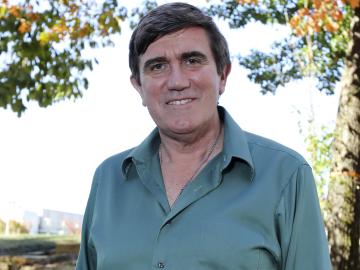
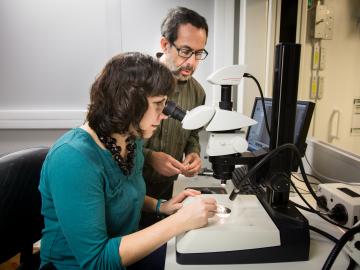
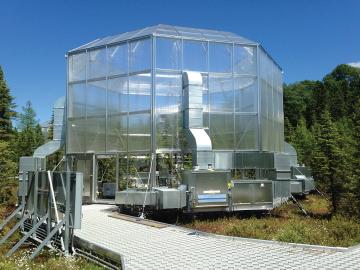
Deep stores of carbon in northern peatlands may remain stable despite rising temperatures, according to a team of researchers from several U.S.-based institutions. And that is good news for now, the researchers said. Florida State University ...
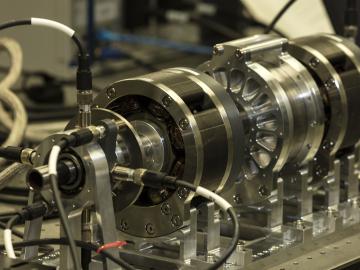
When it comes to a challenging application for embedded instrumentation and control, none quite beats an environment of molten salt at 700 degrees Celsius. But that is just the application chosen by scientists at the US Department of Energy’s Oak Ridge National Laboratory...
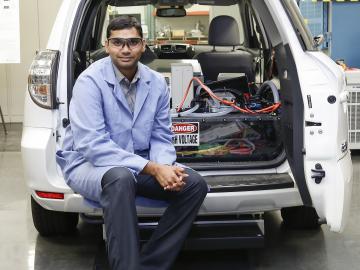
While trying to decide on an area of technical study as an undergraduate, Madhu Chinthavali visited labs at his college in India. One particular lab where an electrical engineer had devised various motor controls caught his eye. "It wasn't the motor that drew my attention," Ma...
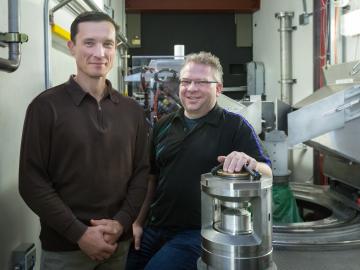
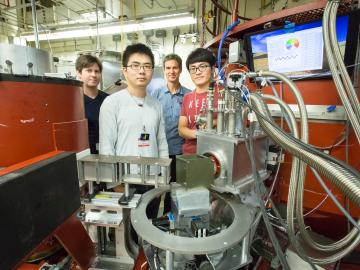
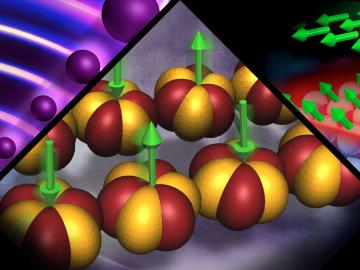
The theories recognized with this year’s Nobel Prize in Physics underpin research ongoing at the Department of Energy’s Oak Ridge National Laboratory, where scientists are using neutrons as a probe to seek new materials with extraordinary properties for applications such as next-generation electronics, superconductors, and quantum computing.
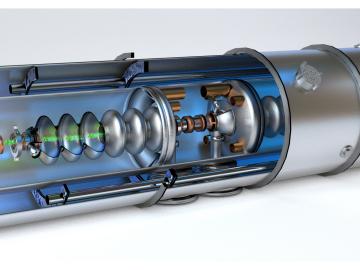

As a boy growing up in China, Xiaobing Liu knew all about Oak Ridge and the World War II Manhattan Project. He had no idea that he would one day work at DOE’s Oak Ridge National Laboratory, the Secret City’s successor. Liu is a lead researcher in geothermal heat pump (GHP) techn...


